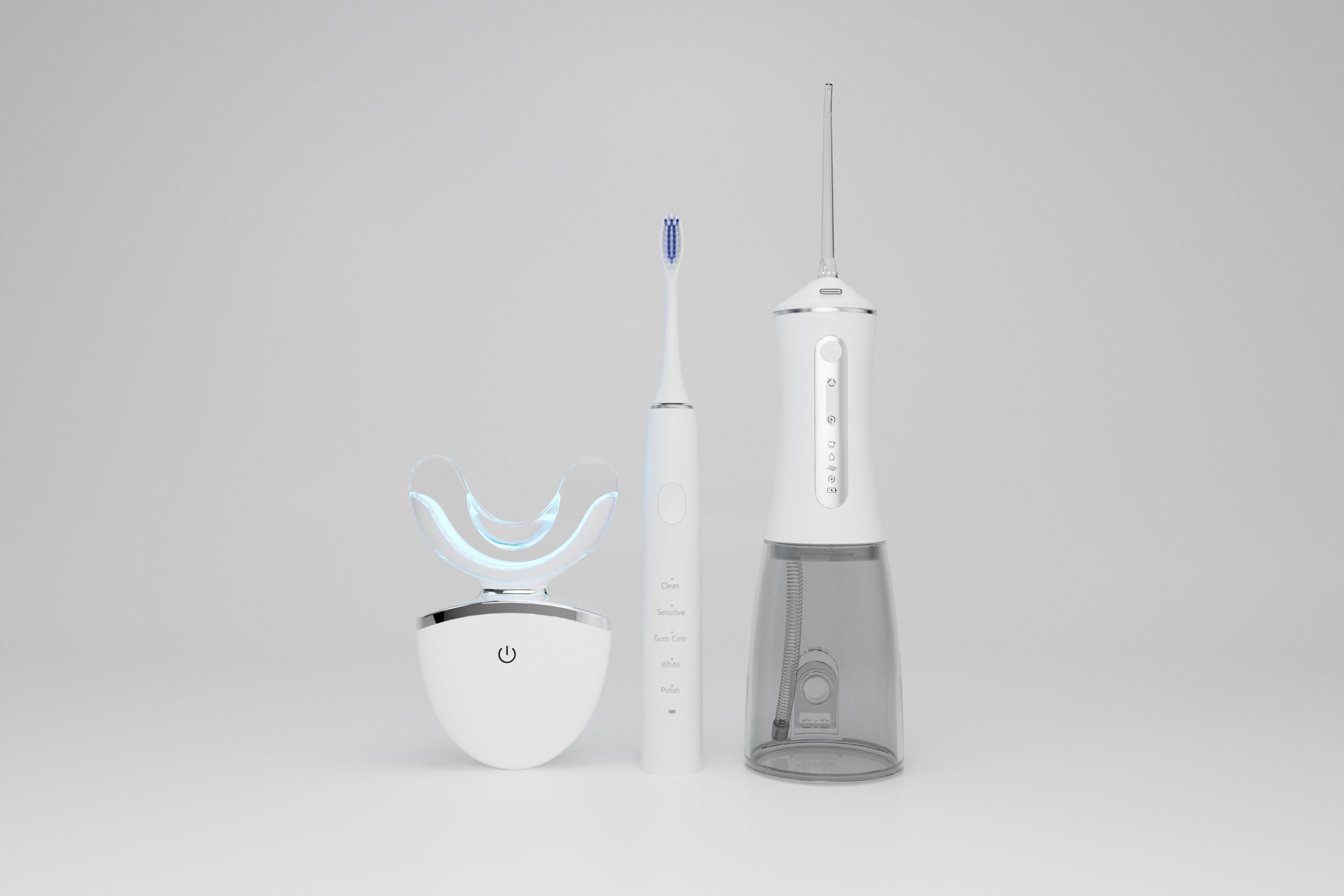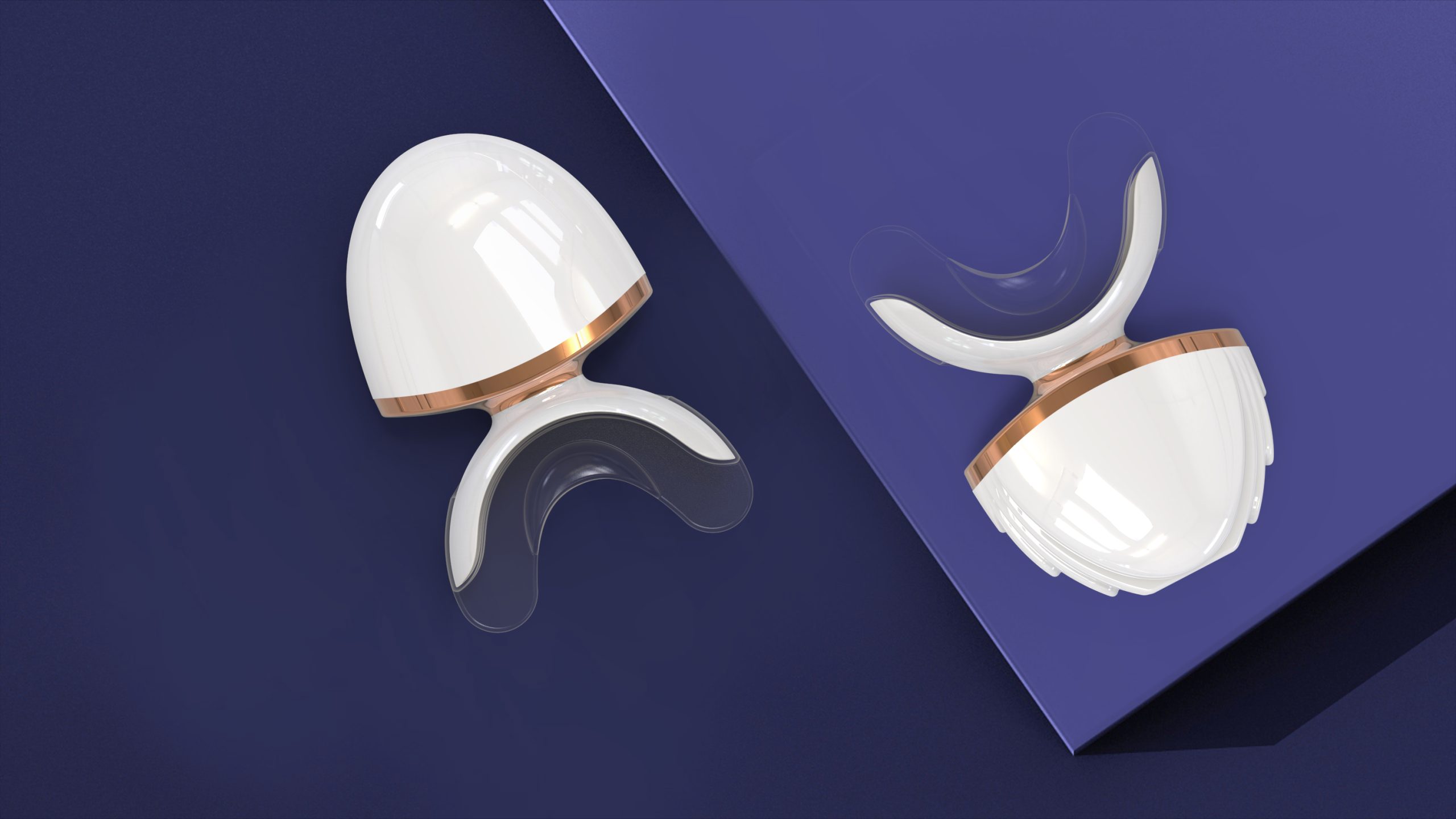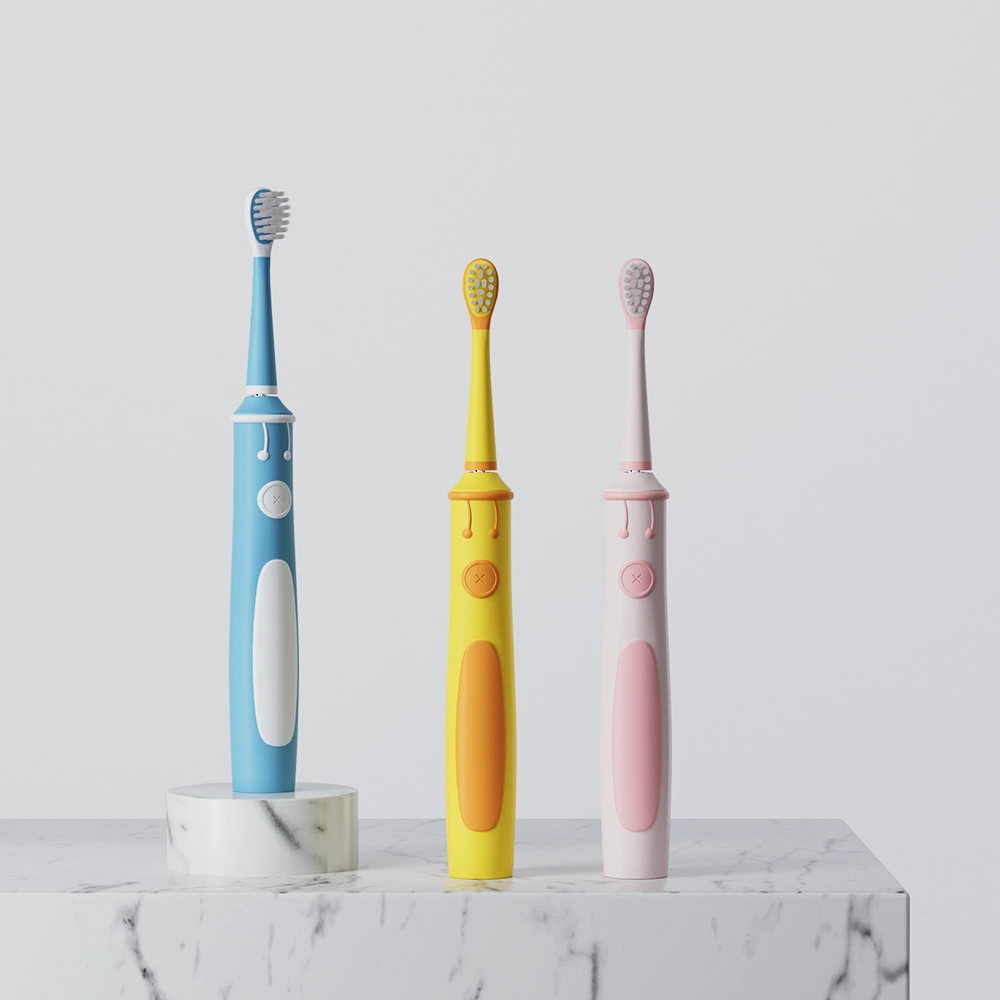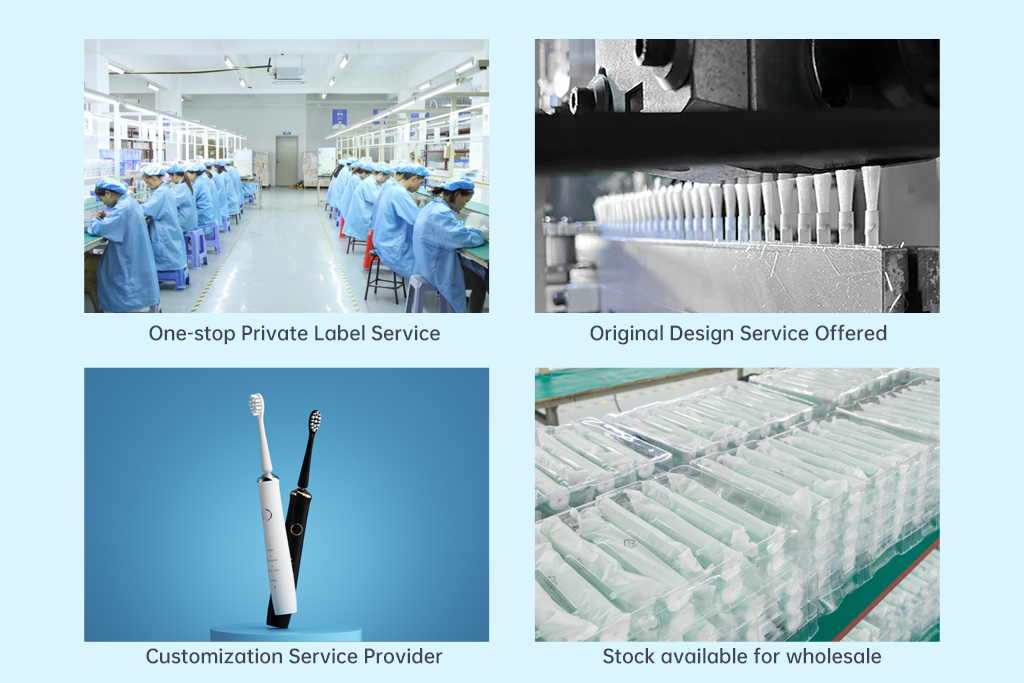As demand for smart and innovative oral care products continues to rise, many brands are turning to electric toothbrush OEM cooperation to speed up production and enhance competitiveness. However, engaging in OEM partnerships without a proper risk assessment and preventive measures can lead to serious legal consequences, including quality risk and intellectual property risk. In this blog, Powsmart offer a comprehensive guide to help brands identify and avoid legal risks in the OEM process and share best practices to mitigate them.
One of the most common legal pitfalls in OEM cooperation stems from vague or incomplete contracts. All terms—including product specifications, pricing, delivery timelines, quality standards, and penalties for non-compliance—should be explicitly defined.
Key preventive measures:
Use bilingual contracts if working with overseas factories.
Specify testing standards and inspection responsibilities.
Include confidentiality and exclusivity clauses when necessary.
Clear contracts serve as the foundation for legal protection and reduce the possibility of disputes later in the manufacturing process.
Before entering into a partnership, brands must perform due diligence to identify and avoid Legal Risks associated with the chosen OEM factory. A surface-level evaluation is not enough.
Factors to assess include:
Legal registration and export licenses
Manufacturing certifications (e.g., ISO, FDA, CE)
Past legal disputes or customer complaints
This stage is crucial for minimizing quality risk and ensuring the manufacturer is capable of consistently producing electric toothbrushes that meet safety and performance standards.
Intellectual property risk is one of the most severe threats in the electric toothbrush OEM process. Many brand owners overlook IP protection until it’s too late.
Actionable steps to protect your IP:
Register trademarks and patents in both your domestic and the OEM’s local market.
Sign NDAs (Non-Disclosure Agreements) and NNN (Non-use, Non-disclosure, Non-circumvention) contracts with your OEM partner.
Clearly define ownership rights of product designs, molds, and software (if applicable).
This is especially important for brands with unique ergonomic designs, brush head technologies, or app-based brushing systems.
Legal issues often arise from quality risk—defective products that lead to consumer complaints, recalls, or even lawsuits. An ongoing quality assurance plan should be established.
Recommended practices:
Implement third-party inspections at key production stages (e.g., pre-production, mid-production, final).
Establish tolerances and acceptable deviation ranges in the contract.
Request batch test reports for safety, battery performance, and waterproof ratings.
High-quality output not only prevents legal troubles but also protects your brand reputation in a highly competitive market.
Different countries have specific compliance requirements for electric toothbrushes—such as FCC in the U.S., CE in Europe, or KC in Korea. Your OEM partner must be capable of producing according to those standards.
Risk assessment and preventive measures should include:
Confirming the factory’s familiarity with international compliance certifications.
Ensuring raw materials and components are tested for health and safety.
Including a clause in the contract that holds the manufacturer liable for regulatory non-compliance.
This step helps avoid costly delays and potential fines when entering new markets.
Even after contracts are signed, ongoing communication and audits are key to risk mitigation.
Best practices include:
Scheduling regular factory visits or virtual audits.
Using digital collaboration tools for design revisions and production updates.
Having escalation procedures for handling disputes or delays.
A transparent, traceable workflow builds trust and reduces misunderstandings that could escalate into legal action.
Entering an electric toothbrush OEM cooperation can be a smart and scalable move for oral care brands, but it must be done with careful planning and legal foresight. By taking proactive steps to identify possible risks and implementing strong risk assessment and preventive measures, brands can effectively Avoid Legal Risks like intellectual property risk and quality risk.
Choosing a compliant, experienced, and communicative manufacturer is key. With the right approach, OEM partnerships can deliver cost efficiency, market speed, and product quality—without compromising legal safety.

Deep Clean Interdental Electric Toothbrush Manufacturing Solutions

Wholesale Smart Electric Toothbrushes: Bulk Order Advantages

Multi-Function Electric Toothbrush Benefits for Family Oral Care
.jpg)
Is POWSMART Rotating Oscillating Toothbrush’s Water Pressure Instability?
Why Do Whitening Cycles Cause Efficacy Debates?

Does Space-Saving Flosser Combo Cause Pulse Inconsistency?
How Do Handle Cracking and Connector Corrosion Affect Device Lifespan?
Oral Microbiome Impact from Color Relapse?

Wavelength of Whitening Teeth Device Blue Light (460–490nm) and Red Light (620–660nm)Configuration Guide

Smart Electric Toothbrush Customization by Powsmart
Why Do Pediatric Warnings Address Bleach Residuals?
Why Does Poor Cleaning Leave Fiber Residue?
Why Is Enamel Vulnerability Linked to Staining Residuals?

Does Children’s Cavity Prevention Brush Have App Connectivity Flaws?

How to Find an Electric Toothbrush Factory with Strong Comprehensive Capabilities
How Do Dock Failure and Battery Swelling Threaten Safety?

electric toothbrush heads Regular Clean
.jpg)
Florida Electric Toothbrush – Powsmart PTR-C8

Private Label Whitening Gel

Customization Teeth Whitening Gel

electric toothbrush heads Charcoal Infuse-Round

Electric toothbrush heads Charcoal Infused-Diamond

electric toothbrush heads Deep Clean

electric toothbrush heads Ultra Soft
whstapp
whstapp
National Toll-Free Service Hotline
+86 755 86238638